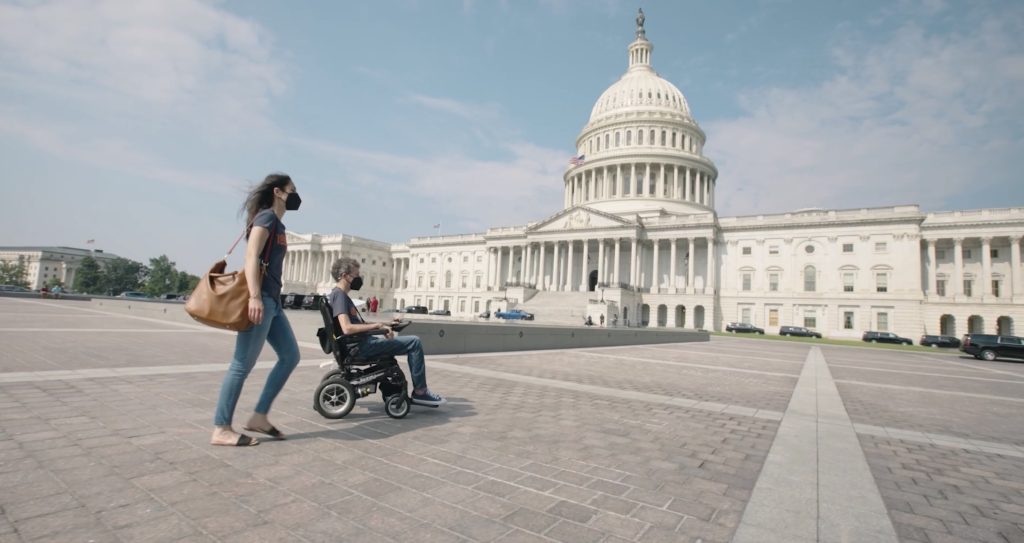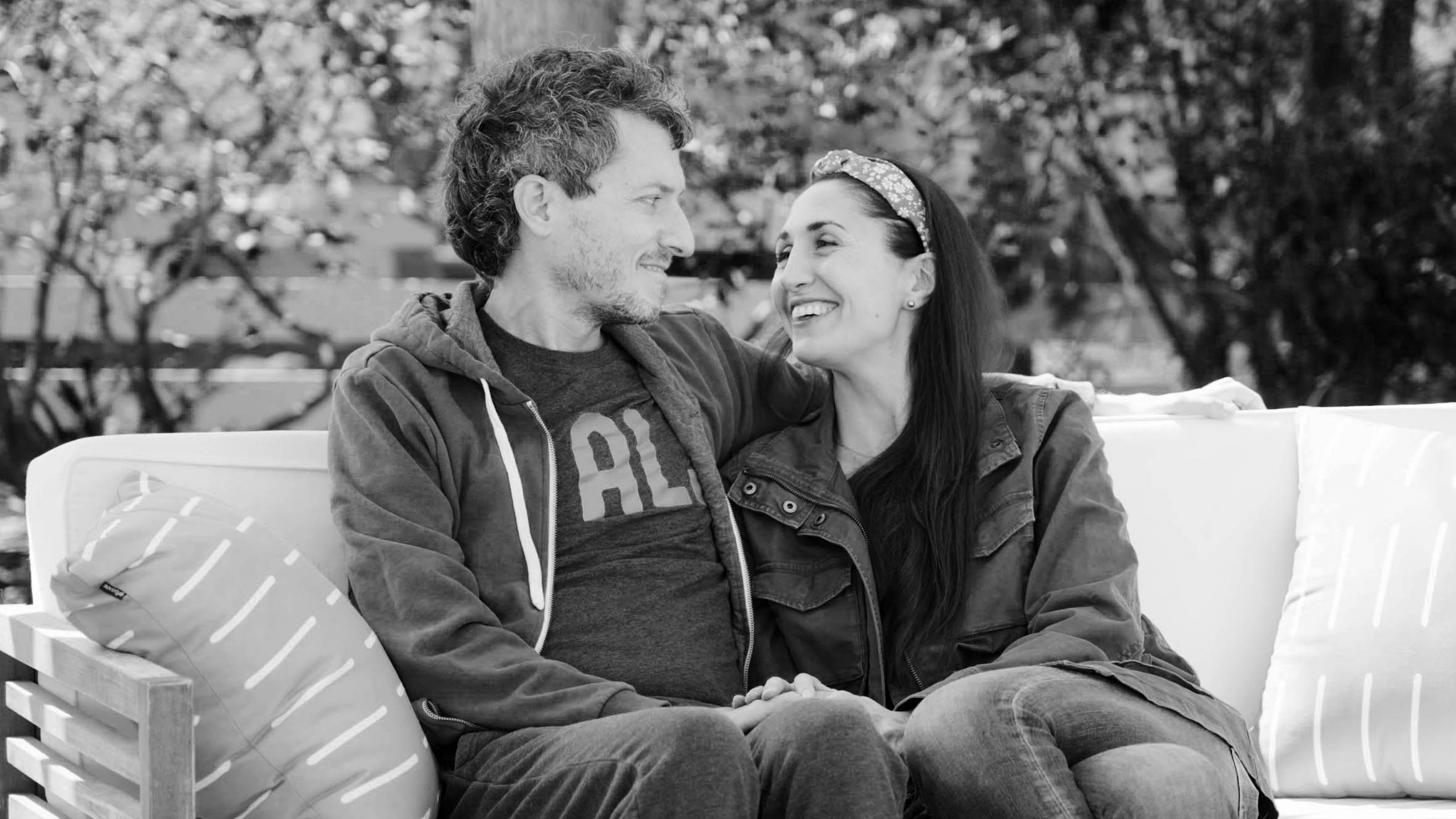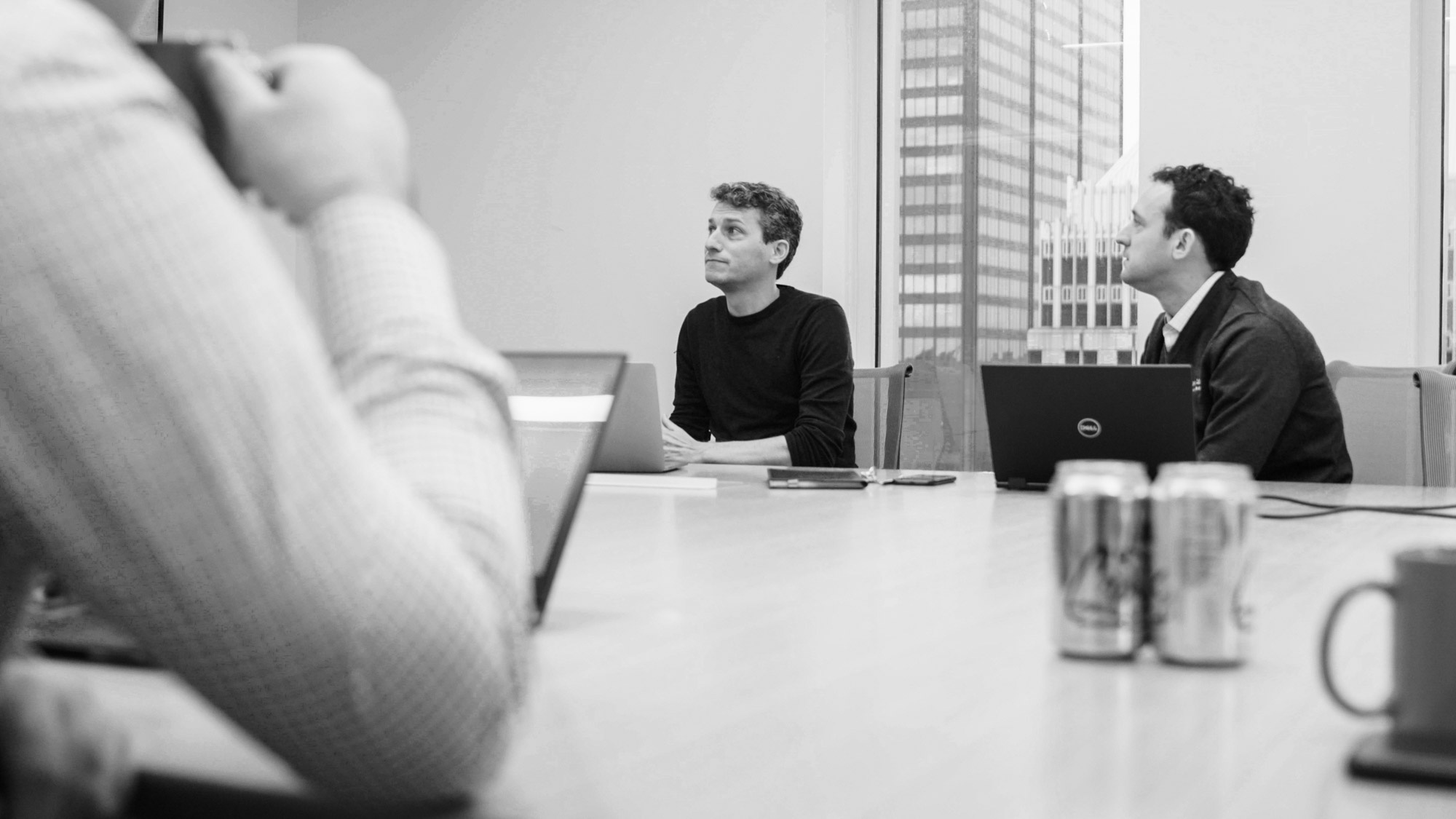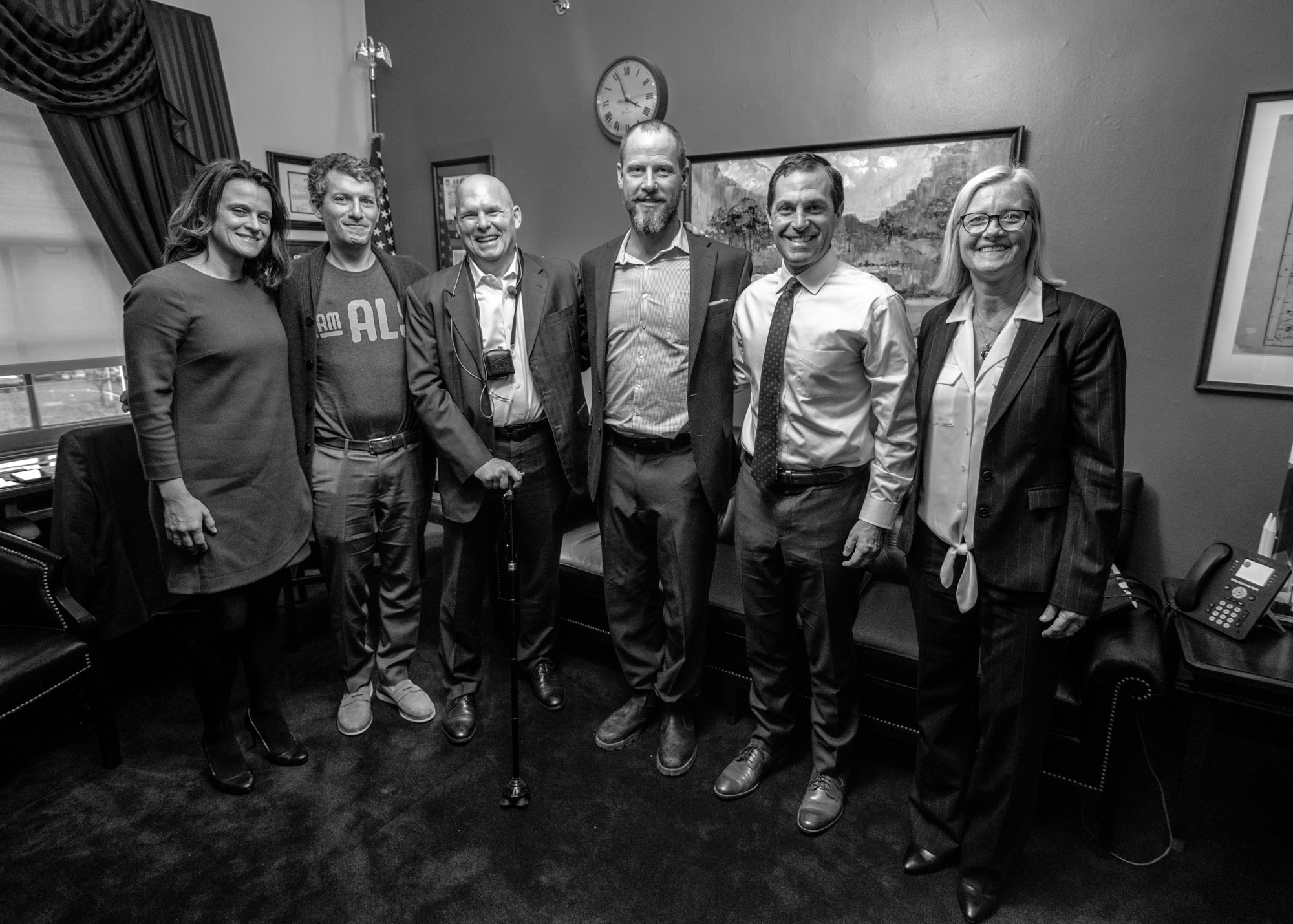About The Film
Chicago power-couple Brian Wallach and Sandra Abrevaya, who met and fell in love during the 2008 Obama campaign, found their world upended by Brian’s diagnosis of ALS when he was only 37. They went from being only a few years removed from both working at the White House to not knowing if Brian would live to see his 40th birthday.
NO ORDINARY CAMPAIGN is the story about what happened next: one couple’s fight to reclaim their future has snowballed into a movement not only for the ALS community, but for millions of patients seeking to find their voice in our broken healthcare system.
Despite the life-and-death subject matter, it’s a love story about a couple of underdog heroes who show us that victory is possible even in the face of impossible odds.

Story
At 37, Brian Wallach was diagnosed with ALS—on the same day he and his wife Sandra brought their second daughter home from the hospital. In an instant, everything changed. They went from being a couple only a few years removed from both working at the White House to not knowing if Brian would live to see his 40th birthday.
An otherwise healthy former college athlete, Brian expected to find a system built to help him and Sandra deal with this new reality. Instead, they found a broken and failed system in which doctors told patients to “get their affairs in order and get ready to die,” nonprofits stoked fear among patients in an effort to raise funds for research, and “hope” was a four letter word.
This is the story about what happened next. A story about patients taking control of the fight for their lives, breaking down walls and breaking through to new solutions. Brian and Sandra have moved with astonishing speed to build a patient-led revolution reminiscent of the HIV fight. In doing so, they are not only showing us how to create from scratch a movement that makes impossible dreams possible, but also how to really live—even in the face of incredible odds.

What do you do when the cavalry isn't coming?
No Ordinary Campaign follows in real time the formation of I AM ALS, Brian and Sandra’s patient-led non-profit dedicated to remaking the future for themselves and millions of others.
We track Brian as he hits the road to meet with advocates and allies in the ALS community, including leading researchers, elected officials, and fellow patients—all searching for a path
forward (or more accurately, working to blaze their own).

Along the way, Brian discovers that patient voices are the missing link in a fractured ALS landscape that has failed to produce a cure or lifesaving treatments despite decades of trying. Many scientists who have spent their careers working on ALS have never met a single patient. Everyone is rowing, but not in the same direction.
Brian and Sandra bring their political organizing experience to the fight, lobbying and testifying before Congress to advocate for increased funding for ALS research. Their efforts, along with the tireless efforts of so many other patients and volunteers bring real success in greatly increased funding for ALS.
Despite legislative successes and more than $80 million in new federal funding that could ultimately lead to huge breakthroughs, Brian and Sandra struggle with the fact that Brian’s own condition continues to decline.
They see hope on the horizon for Brian and many current ALS patients in the form of new emerging treatments, but come to realize that their fight has only just begun. It isn’t just about research dollars; it’s also about access to potentially life-saving therapies that are presently blocked by FDA red tape and outdated modes of drug regulation.


Brian and Sandra are fighting for their lives. But their unique approach to the fight—inspired by their years of public service—means it’s about much more than just them. What starts as a personal verité film about them broadens out in scope as they launch I AM ALS and inspire a constant stream of new advocates and allies to join the movement which starts with ALS but quickly expands to multiple other diseases.
The spine of the film is Brian and Sandra’s experience, but we also hear from elected officials and world-renowned doctors in sitdown interviews, breaking down policy issues and medical information into a narrative that anyone can understand. And we interweave vignettes about fellow patients and caregivers who have joined the I AM ALS movement as we seek to underscore the point that ALS is a disease that can strike anyone, anywhere, at any age.
